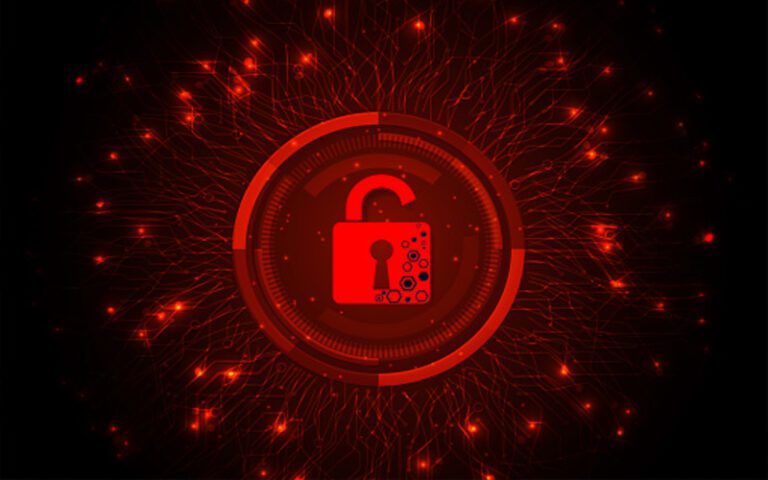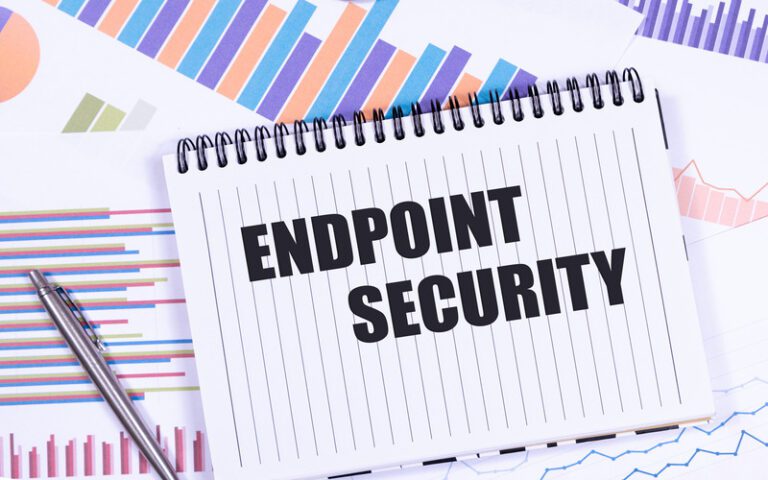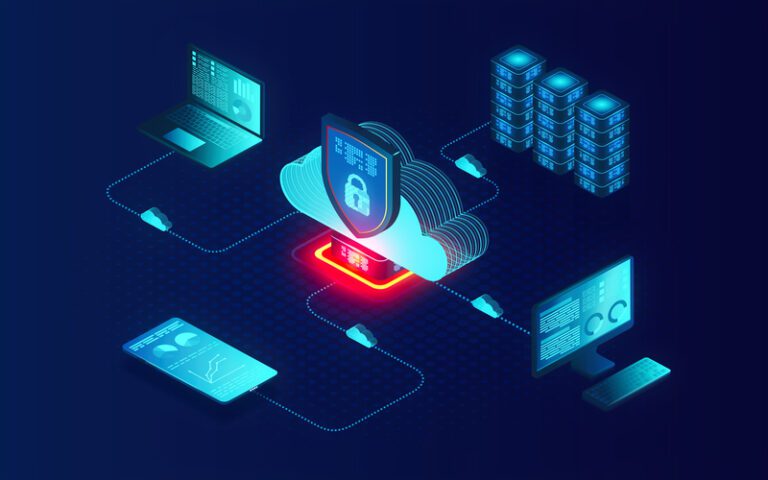The cyberthreats we face today are increasingly intricate and multifaceted. Their complexity and stealth have evolved to the point where they can breach your barriers without being detected.
Endpoint detection response (EDR) and extended detection and response (XDR) are top-of-the-line cybersecurity solutions that can mitigate this risk and shield your IT environment even against major security risks like malware and ransomware. They monitor endpoints constantly, respond to incidents quickly and can adapt to evolving threats.
Although both solutions may appear similar on the surface, they offer vastly different levels of security. Read on to see how they compare.
What is endpoint detection and response (EDR)?
A high-end cybersecurity solution, like EDR, monitors endpoint devices continuously for vulnerabilities and threats and takes remedial action when malicious activity is detected. The endpoints include everything from laptops, desktops and mobile devices to servers, point-of-sale (POS) terminals, cloud applications, internet-of-things (IoT), network, virtual and even remote systems.
Malicious actors target endpoints looking for vulnerabilities, like unpatched software and faulty configurations, that are easy to exploit. Clients or employees using an endpoint might not notice suspicious messages during the course of their busy day, making them more prone to falling victim to attacks like phishing. Did you know that over 90% of data breaches are caused by human error?
Regardless of whether a breach happens as a result of an external threat, oversight or an error on the part of the organization, an EDR solution will enable early detection and mitigation. EDR is one of the tools that managed service providers (MSPs) as well as small and midsize businesses (SMBs) can use to combat cybercrime.
EDR features and capabilities
Security experts begin by installing an EDR agent on each endpoint that continuously monitors and shares data on the device’s health with the IT team. As the agent observes the endpoint’s behavior, it sets a baseline based on processes, applications, network connections and files. Any behavior that deviates from the established patterns is detected using advanced algorithms and machine learning and calls for a review.
Let’s say the tool detects a request for elevated privileges on an unauthorized laptop. It will immediately raise an alert for administrators to investigate since this could indicate a potential breach. Instant alerts to any suspicious activity ensure that you detect a breach early on and can take remedial action against the threat in real-time.
IT administrators receive hundreds of tickets daily, and identifying which ones to address first can be challenging. Moreover, trying to address all of them manually can result in security disasters. However, by using an EDR solution, technicians can auto-remediate common and recurring tickets, ensuring better security for your business and clients while reducing stress on themselves. Among its many functions, an EDR solution can isolate infected endpoints, quarantine files, terminate rogue processes and roll back changes to a known-good state to prevent network-wide damage.
In the event of an attack, EDRs perform forensic analysis to understand why it was successful and identify the root cause of vulnerabilities in your endpoints. Any business looking for comprehensive endpoint security should consider an EDR solution.
What is extended detection and response (XDR)?
If you are looking for a solution that can give you all the features of an EDR, but for your entire IT environment, look no further than an XDR. While endpoints are a common entry point for malicious actors to infiltrate your organization, focusing only on them can leave other areas of your IT environment vulnerable to attacks.
XDR solutions look at the big picture, integrating and correlating data from various sources to provide security inputs across the board. For example, XDR will collect and analyze data from your network, cloud environments and even email security systems to give you the complete picture. Because of this, it is better at detecting complex and widespread threats that could mess with your environment on multiple fronts.
By providing advanced threat detection and mitigation like an EDR, but at a complete IT environment level, XDR is a formidable tool for those in the security business (managed security service providers (MSSPs)), enterprise-level organizations and those overseeing critical infrastructure and sensitive data.
XDR features and capabilities
Investing in an XDR solution is like bringing the latest war machine to a fight. Its features and capabilities can detect even the most discreet cyberattacks and stop them in their tracks:
- Holistic threat detection: XDR solutions take a comprehensive approach to cybersecurity, ensuring that the IT environment as a whole stays safe. You can implement better security policies and ensure a more secure environment when you have addressed the issues in your entire IT infrastructure.
- Advanced analytics: Every criminal leaves a clue, and the best detectives are the ones who can find it. An XDR solution is like an intelligent detective with advanced algorithms and machine learning capabilities to detect even subtle, suspicious changes in your IT environment. It’s also smart enough to triage and prioritize alerts based on severity and impact, so you can take care of the most pressing issues first. With access to such a level of analytics, technicians and security teams can effectively allocate resources and address the most critical threats first.
- Automation: With hackers using the latest technology to craft complex attacks, you need a way to respond to them in a flash. Utilizing XDR’s auto-remediation features, you can nip damaging attacks, like malware and ransomware, in the bud.
- Incident investigation: Incident investigation is an important step that many organizations skip after threat mitigation but one that can provide valuable information into the timeline of events. By providing historical data and contextual information on an incident, XDR enables organizations to strengthen their security system.
- Threat intelligence: The threat intelligence feature of an XDR solution enriches the collected data with context and analysis so security analysts can determine the best course of action. For example, by identifying the most likely attack vectors cybercriminals can use against an organization, experts can prepare to defend against it.
- Scalability: XDR is highly scalable. It can easily accommodate new data sources, ensuring comprehensive coverage no matter your organization’s size.
What is the difference between EDR and XDR?
Here are some differences between EDR and XDR to help you decide which is best for you.
| Endpoint detection and response (EDR) | vs. | Extended detection and response (EDR) |
| EDR monitors, detects and responds to cybersecurity issues on endpoints like laptops and servers. | Definition | XDR is built on EDR to provide monitoring, detection and remediation of not only endpoints but the complete IT environment. It monitors the entire IT infrastructure by collecting and analyzing data from a number of other security and monitoring tools. |
Endpoint-centric:
| Key Features | Goes beyond endpoints to provide:
|
| An EDR solution focuses on threats originating on an endpoint and does not cover threats that might arise in other parts of the IT environment. | Coverage | XDR provides more comprehensive coverage across multiple attack vectors and security solutions. Thus, it can better spot and stop more complex and sophisticated threats across the entire infrastructure. |
| Limitations |
|
| Used by |
|
Can XDR replace EDR?
Both XDR and EDR have a place in today’s cybersecurity landscape, but to pick the one best for your business, you must consider a few factors.
The first point to consider is the size of your business and its security needs. If you are a small business with only a few endpoints and a basic IT infrastructure, an EDR solution is a better fit. Investing in an XDR solution is better for you if you have a complex IT environment or run a business vulnerable to cyberattacks. XDR is best for cross-domain correlation and comprehensive security, while EDR is ideal for targeted detection.
Since XDR provides a more comprehensive and holistic security cover, it costs more than an EDR solution. The former also integrates with a whole host of security tools, whereas XDR might provide limited integration due to its focus on endpoint management.
What other endpoint security technologies are similar to EDR and XDR?
If both EDR and XDR don’t cut it for you, check out these other similar security solutions that might suit your needs better.
Network detection and response (NDR)
Just like an EDR is a cybersecurity approach focusing on maintaining security by keeping endpoints safe, a network detection and response (NDR) solution helps keep cyberattacks away by monitoring and analyzing a company’s network traffic for malicious behavior. It leverages capabilities like signature-based detection and flow analysis to ensure network security. Like an XDR solution, NDR solutions are scalable to monitor increasing network traffic.
Managed detection and response (MDR)
Managed detection and response (MDR) is another word for security operations center (SOC). It is a centralized facility that houses an information security team responsible for continuously monitoring, detecting, analyzing and responding to any cybersecurity incidents on a 24/7/365 basis.
MDR or SOC service providers give security- and cost-conscious SMBs top-notch threat detection and remediation service that is nearly impossible to build internally. Even MSPs who want to highlight security services in their portfolio can partner with an MDR service provider.
SOC and MDR service providers use their knowledge of cybercriminal tools and techniques to proactively hunt, disrupt, contain, analyze and mitigate threats before they can harm their or their clients’ organizations.
Security information and event management (SIEM)
SIEM is an abbreviation for system information and event management. It is an ideal choice for organizations looking for a security solution that is more advanced than an EDR but not as high-end as an XDR. While SIEM analyzes log data from servers and security tools like firewalls and antivirus solutions, an XDR analyzes data from many more channels, focusing on endpoints, cloud, email and network activity.
Secure endpoints with Kaseya
Today’s “endpoint” has evolved to be anything with a digital pulse, such as a PC or Mac, VDI, mobile device or IoT. VSA, Kaseya’s complete, powerful and automated endpoint management solution, manages all endpoints, helping you stay two steps ahead of endpoint evolution.
VSA is designed with a relentless focus on security. Patch every endpoint automatically with best-in-class automation and the largest software catalog on the market. Leverage policy-based configuration hardening to keep bad actors at bay. Detect and quarantine ransomware before it becomes a problem. Enhance threat detection with integrated AV, AM, EDR and Managed SOC.
Automate, secure, monitor and manage your world at scale. Discover VSA today!


